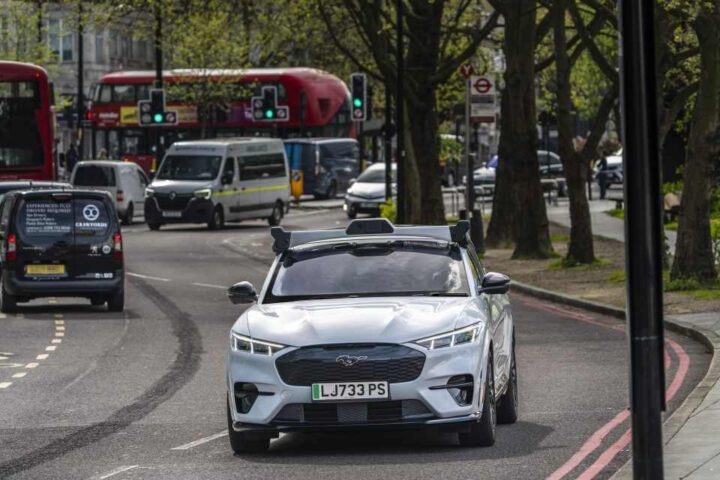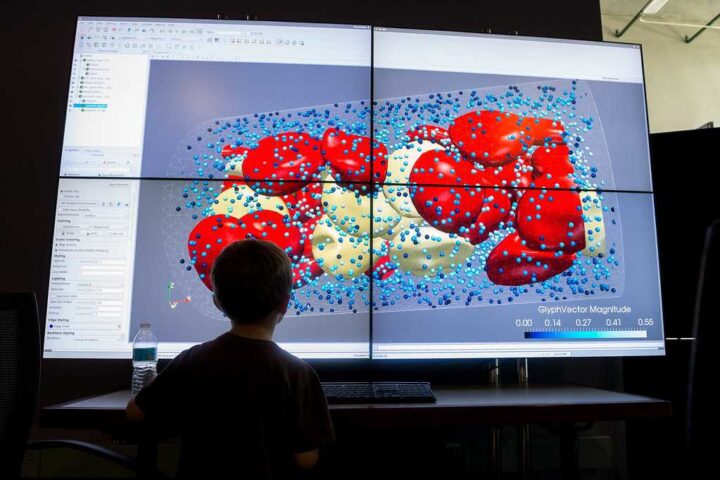In the ever-changing AI landscape, President Joe Biden relies on Arati Prabhakar, head of the White House’s Science and Technology division. With experience in both government and Silicon Valley, Prabhakar provides valuable insights into AI’s potential and challenges.
AI’s potential is vast, but so are its pitfalls. The technology’s “black box” nature, as Prabhakar describes it, makes it inherently opaque. This lack of transparency has raised concerns, especially when AI models make decisions that impact human lives. Senate Majority Leader Chuck Schumer’s push for explainable AI models underscores this concern. Prabhakar, however, draws a parallel between AI and pharmaceuticals. Just as we don’t fully understand how every drug interacts with our bodies, we might never fully decode every AI decision. Yet, with rigorous testing akin to clinical trials, we can harness AI’s potential safely.
The stakes are high. AI’s misuse can range from chatbots being manipulated into sharing weapon-building techniques to biases in facial recognition leading to wrongful arrests. Prabhakar’s concerns are not unfounded. Recent incidents, such as the wrongful arrests of Black individuals due to flawed facial recognition, highlight the urgent need for safeguards.
The White House’s AI safety measures have the backing of major tech companies like Google, Microsoft, and OpenAI. Yet, there’s a balance to strike between business goals and public safety. Prabhakar stresses the importance of American companies in global AI but insists the government must ensure these firms genuinely prioritize safety.
Similar Posts
The international dimension of AI cannot be ignored. Prabhakar’s recent comments highlight the importance of collaboration between like-minded countries, such as the U.S. and India, in shaping AI’s trajectory. This global approach is crucial, given AI’s borderless nature and its potential to impact every individual on the planet.
Biden’s focus on AI is evident. His recent conversations with Prabhakar, as she recounts, delve deep into understanding the technology and its broader implications. This proactive approach is a welcome change, especially as public interest in AI’s capabilities and potential dangers grows.
The journey ahead has many obstacles. While AI companies’ promises are a good start, the true challenge is turning these promises into real actions that value public safety above profits.
Biden’s executive order curbing U.S. investments in foreign AI ventures is a clear indication of the administration’s cautious approach. But as with any technology, the key lies in striking the right balance. Over-regulation could stifle innovation, while a laissez-faire approach could lead to catastrophic consequences.
In conclusion, as AI continues to weave itself into the fabric of our daily lives, the need for a comprehensive, globally coordinated strategy becomes paramount. Prabhakar’s insights offer a glimpse into the Biden administration’s approach to this challenge. While the journey ahead is long and uncertain, with experts like Prabhakar at the helm, there’s hope that we can navigate the AI revolution with caution, ensuring that its benefits are reaped without compromising on safety or ethics.


















